Diabetes
What are diabetes? Well for today’s topic we will discuss and learn about what is diabetes.
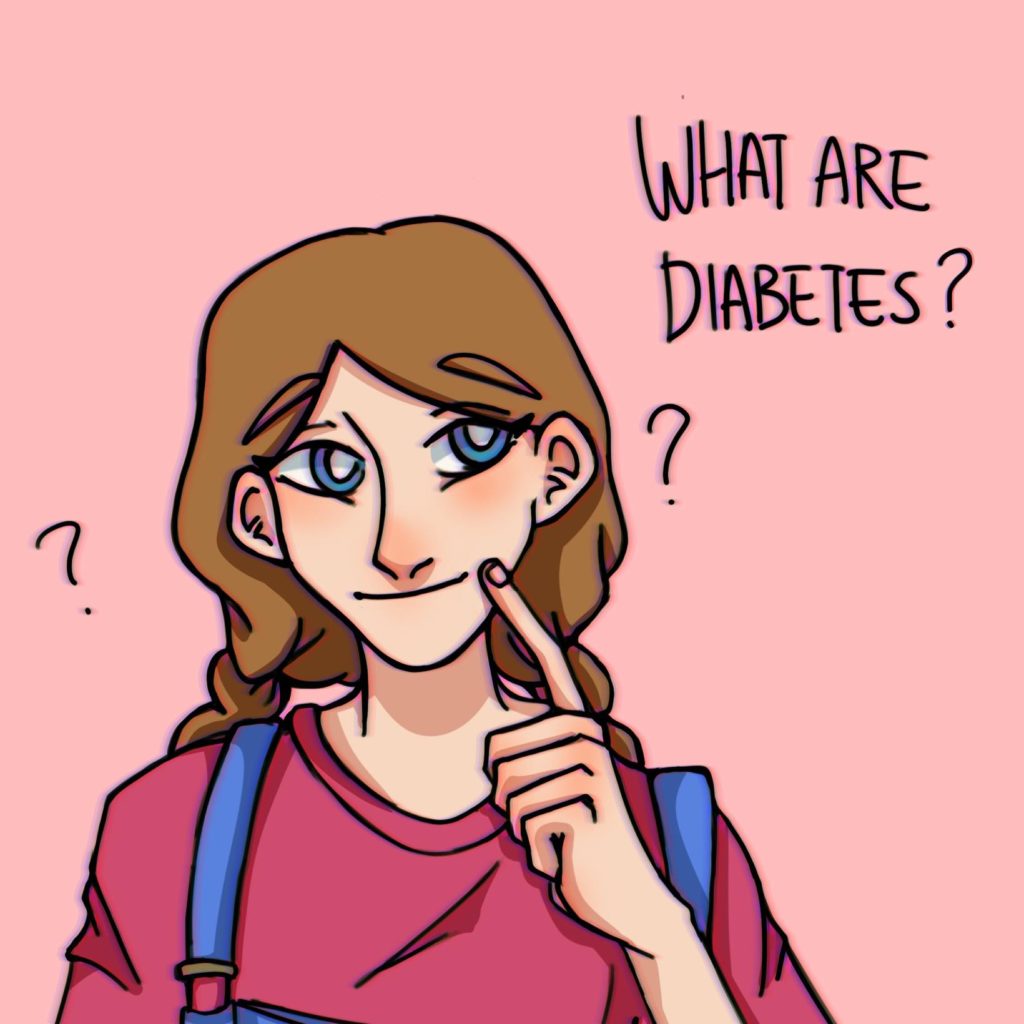
Diabetes is a chronic (long lasting) health condition that affects how your body turns food into energy. Most of the food you eat is broken down and turn into sugar (also called glucose) and released into bloodstream. When your blood sugar goes up, it signals your pancreas to release insulin.
It occurs when your body cannot make or effectively use it’s own insulin, a hormone made by special cells in the pancreas called islets (eye-lets) insulin serves as a “key” to open your cells, to allow the sugar (glucose) from the food you eat to enter. Then, your body uses that glucose for energy. There are two main types of diabetes, but there are other types too, but we shall only focus the main two.
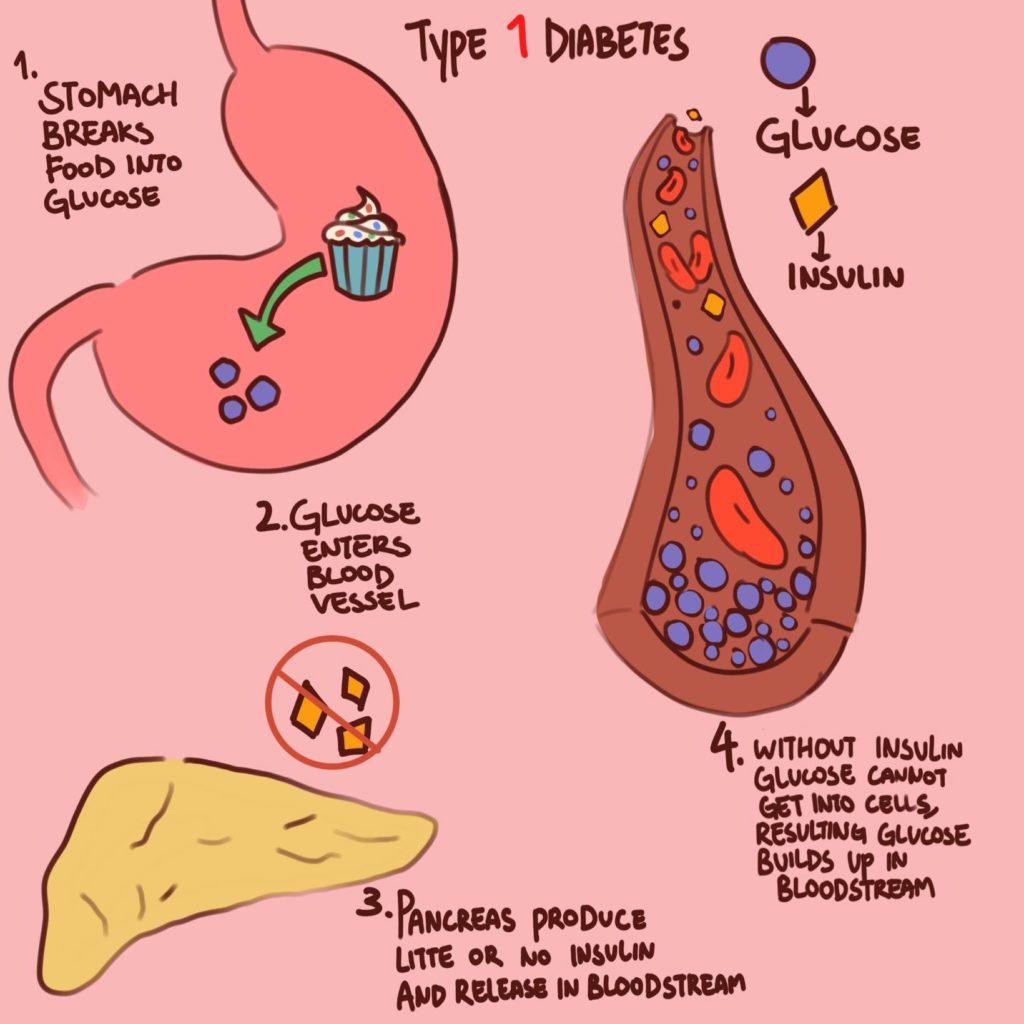
Type 1 diabetes, is a chronic condition in which the pancreas produces little or no insulin to the bloodstream. Different factors, including genetics and some viruses, may contribute to type 1 diabetes. Symptoms may include.. Increased thirst, frequent urinating, extreme hunger, unintended weight loss, irritability, fatigue and weakness and blurred vision.
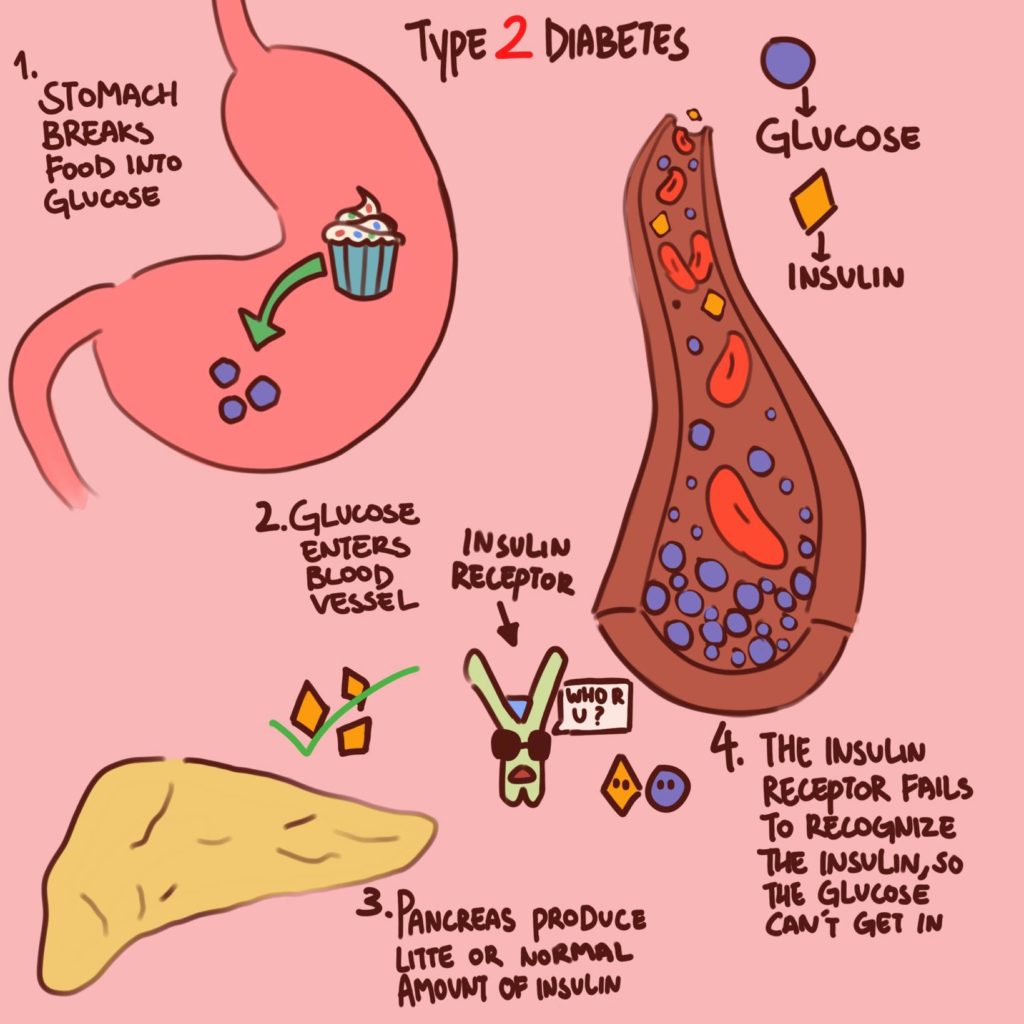
Type 2 is the more common type nowadays, in type 2 your pancreas does not get enough insulin, the cells poorly responds to the insulin and take less sugar. Type 2 used to be known as a adult-onset diabetes, both type 1 and 2 can begin during childhood and adulthood. But the increase in the number of children with obesity has led to more cases of type 2. Symptoms of type 2 include.. areas of darkened skin, increased thirst, blurred vision, frequent urinating, numbness or tingling in hand/feet, slow healing and fatigue.
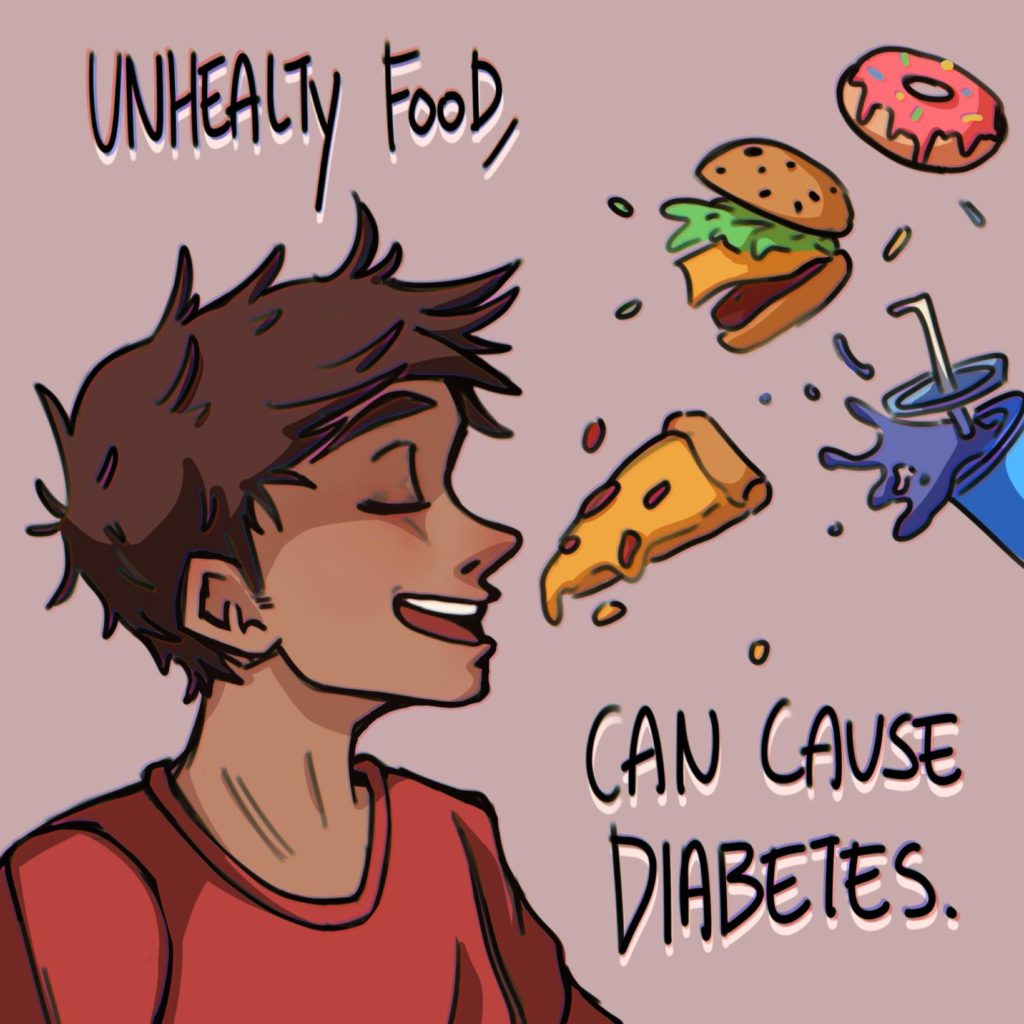
The food we eat also affects our health and contributes to diabetes, especially junk food, junk food has too much sugar, and too much is bad for your pancreas. Too much sugar over time will promote insulin resistance, which causes the pancreas to work harder, and starts to cause diabetes.

We must keep track on our diets, on how much protein, fats and carbohydrates we take every single day. Food affects our lifestyle, so we all must take care of ourselves.
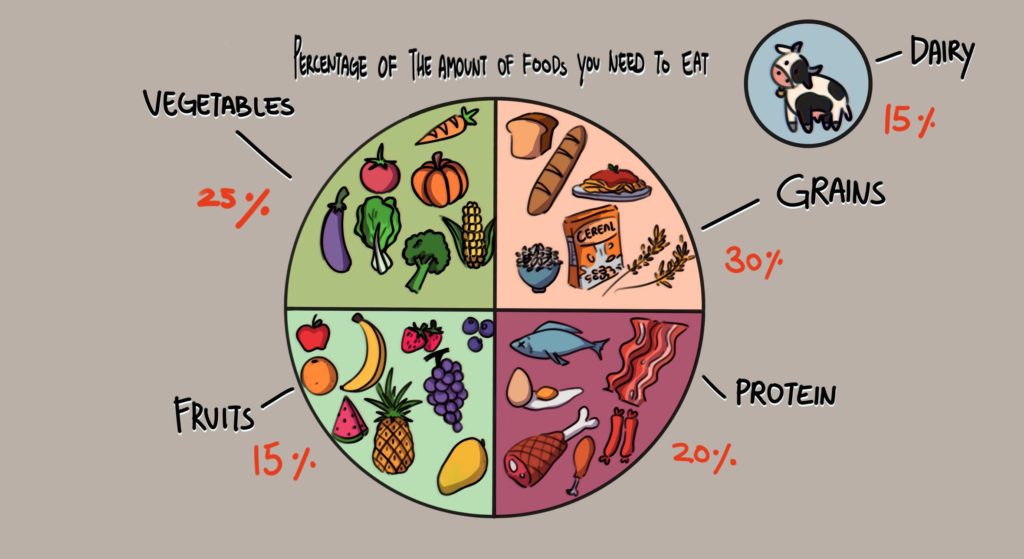
This is a chart to show what types of food you need to eat more and foods you need to eat less. If you are a very active person you need to eat more to get energy, If you are less active then eat a bit, overeating than what your body needs is also a bad thing. Of course you need to have dairy in your diet, calcium is good for our bones, and sometimes don’t forget to eat some fruits when you have the chance, since they have different vitamins in them. Meat gives iron and zinc, which helps you get strong and gives you antibodies. While vegetables are not favored by a majority of people, they help lessen the chance of heart disease and improve your health.

The first known mention of diabetes symptoms was in 1552 B.C, when Hesy Ra, an Egyptian physician, documented frequent urinating as a symptom of a mysterious disease that also cause emanciation. In 150 AD, the Greek physician Arateus described what we now call diabetes as “the melting down of flesh and limbs into urine.”
Centuries later, people know as “ Water tasters” diagnosed diabetes by tasting the urine of people suspected to have it.(ewww) if urine tasted sweet, diabetes was diagnosed. To acknowledge this feature, in 1675 the word “Mellitus” meaning honey, was added to the name “diabetes”, meaning siphon. It wasn’t until 1800s that scientists developed chemical test to detect the presence of sugar in urine.
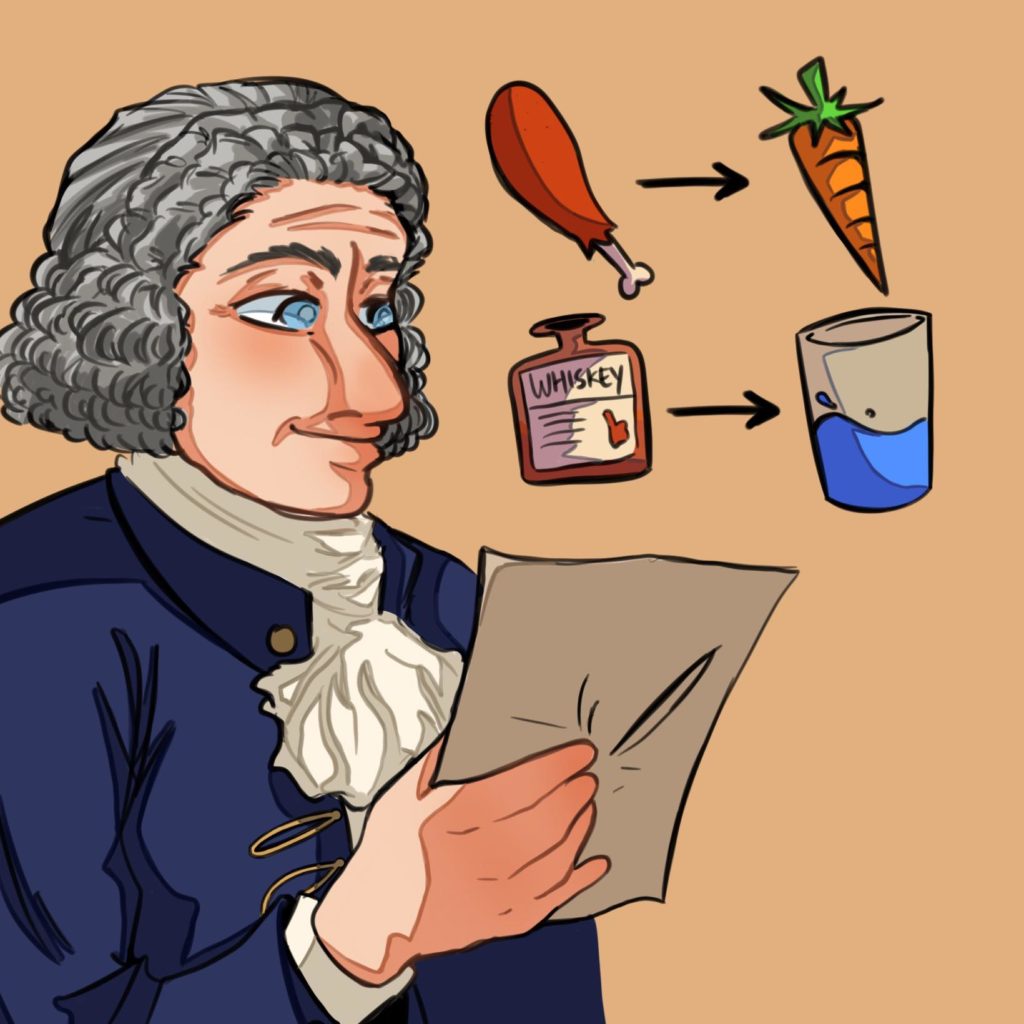
In the 1700 and 1800, physicians began to realize that dietary changes could help manage diabetes, they advised their patients to do things like eat only the fat and meat of animals or consume large amounts of sugar to test out if they contribute to diabetes. During the Franco-Prussian War of the early 1870s, the French physician Apollinaire Bouchardat noted that diabetic patient’s symptoms improved due to war-related food rationing. He developed individualized diets as diabetes treatments. Despite these advances, before the discovery of insulin, diabetes inevitably led to premature death. The first big breakthrough that eventually led to the use of insulin to treat diabetes was in 1889, when Oscar Minkowski and Joseph Avon Mering, researchers at the removal of a dog’s pancreas could induce diabetes.
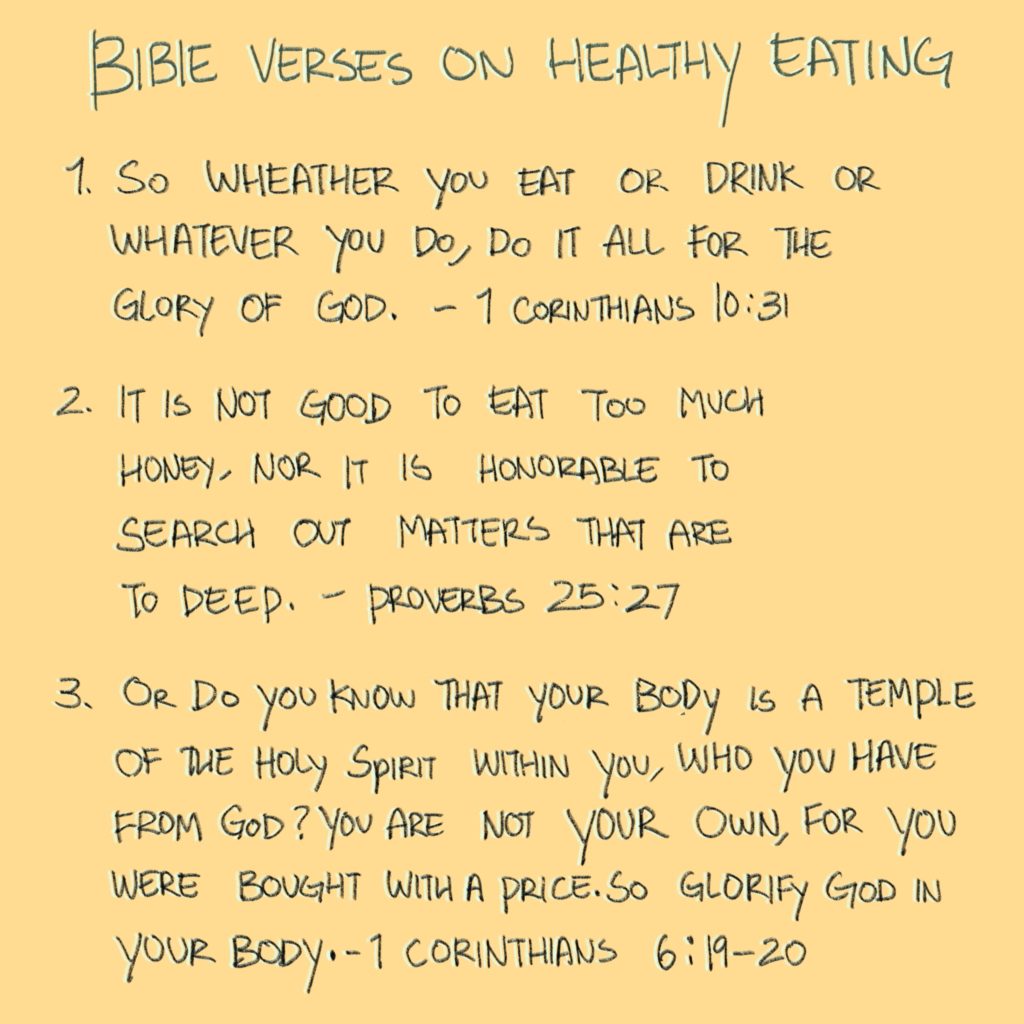
God wants his children to be strong and healthy so he gives us bible verses to tell us on how to take care of ourselves. I have found some of the verses to show how much he cares for us.
Today, insulin is still the primary therapy used to treat type 1 diabetes; other medications leave since been developed to help control blood glucose levels. Diabetes patients can now tease their blood sugar levels at home, and use dietary changes, regular exercise, insulin, and other medications to precisely control their blood glucose levels, thereby reducing their risk of health complications.




